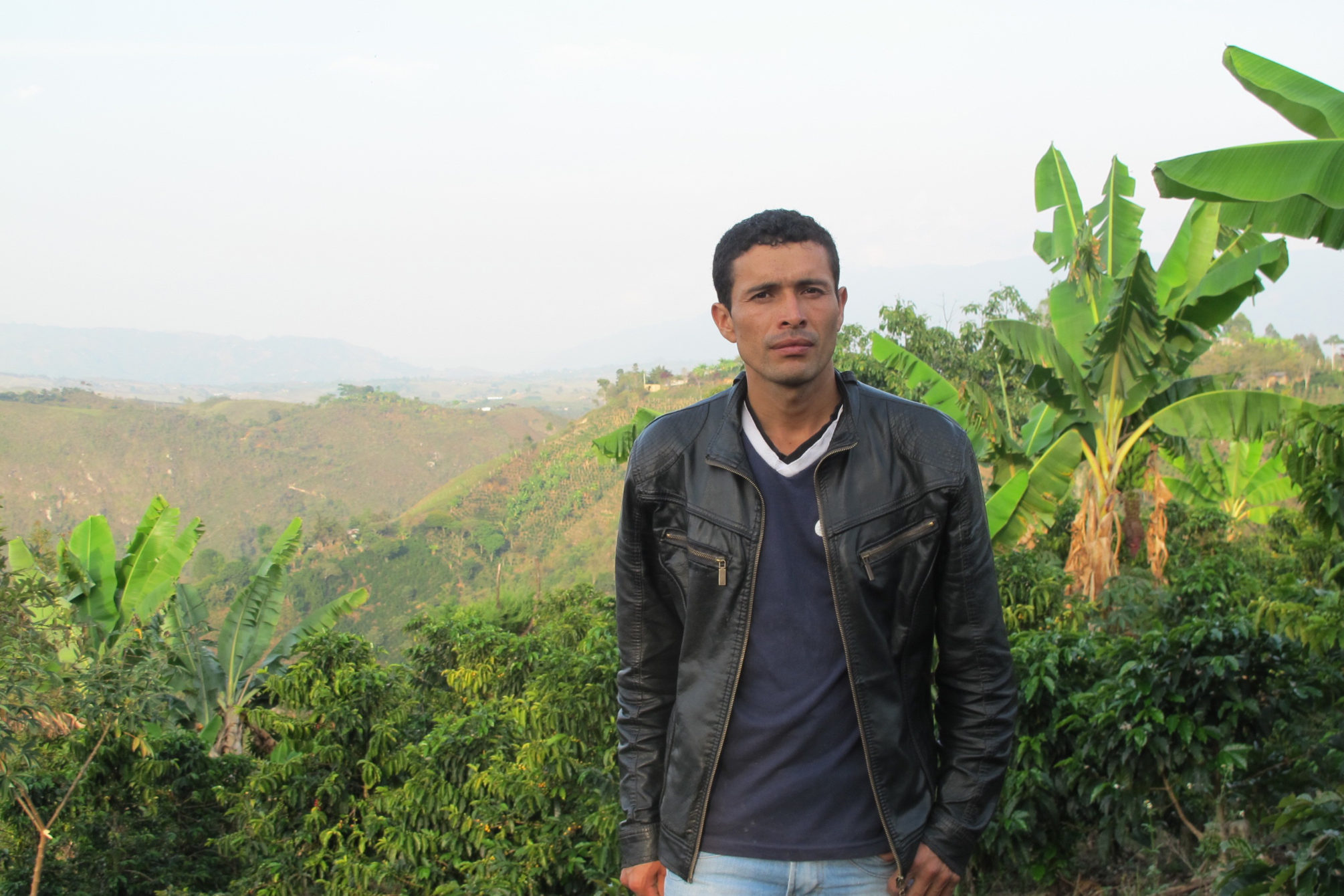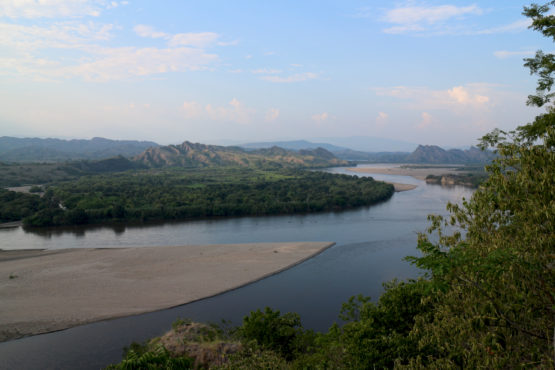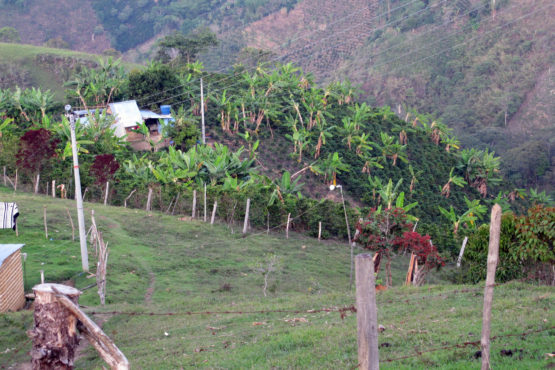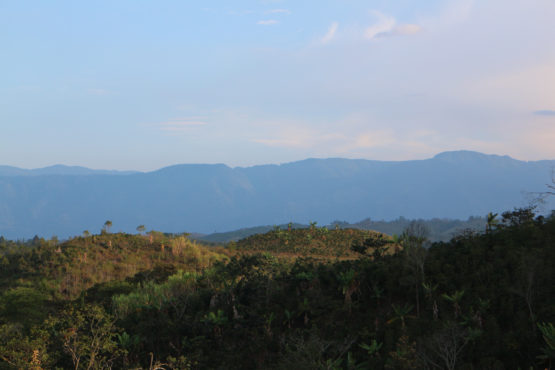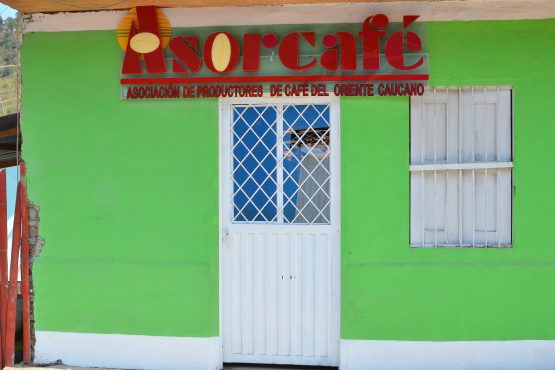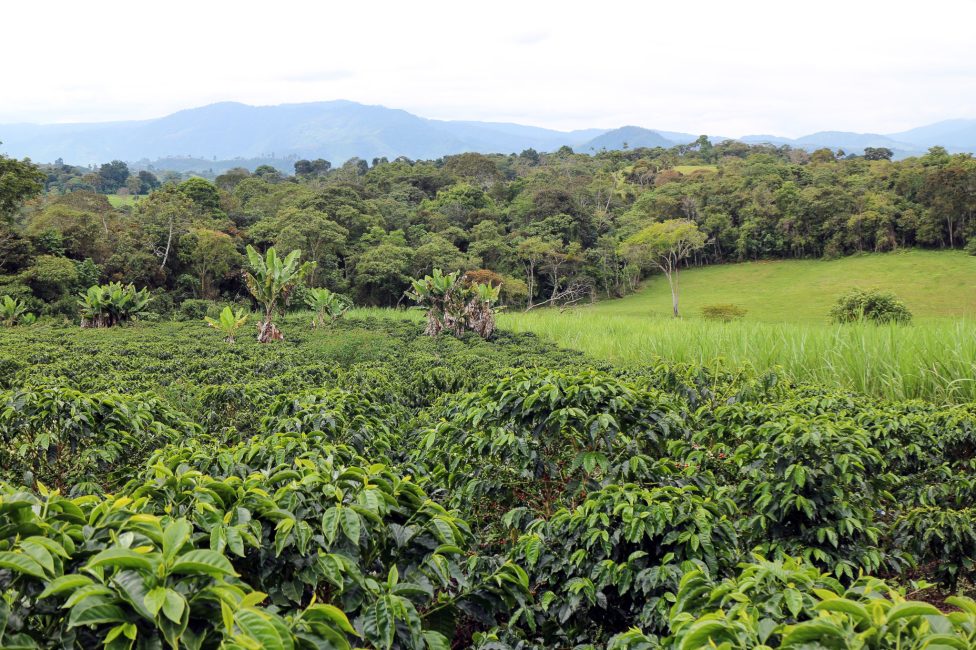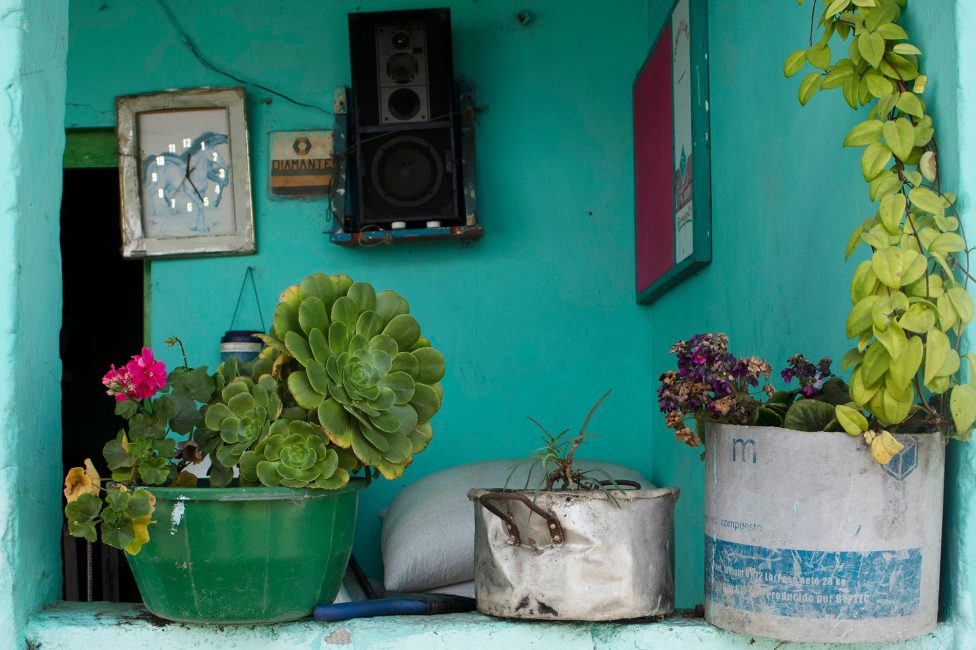La Loma
Complex, floral and fruity with notes of passionfruit, nectarine, butterscotch and citric acidity.
As a young student in La Plata, Javier Golondrino used to help his father pick coffee every season. The money that he made helped him to pay his transport cost to and from school. When Javier turned 15, knowing that he had a knack and a love for farming, his father gifted him a small part of the family farm with 1,000 trees. With love, dedication and patience, Javier has managed to grow his small parcel of land into a reasonably-sized farm of 2 hectares and now cares for 10,000 Caturra and Colombia trees high in the hills surrounding the small town of La Plata in the region of Huila.
Javier calls his farm ‘La Loma’ (meaning ‘the hill’) simply in honour of the hill upon which it lies.
In 2013, members of the large cooperative to which Javier belonged in remote Huila realised that their location, expertise, and passion for coffee gave them a unique edge in high-quality production. A small group of 20 farmers broke off from the cooperative to establish their own organisation, named Aprocoagrosh.
As of March 2015, Aprocoagrosh had grown to include 30 growers. Most of these producers live in the town of La Plata (at 1,000 metres above sea level), but their farms are typcially located about an hour or more up steep mountains that surround the town centre, at an average altitude of 1,900 metres above sea level.
Once Aprocoagrosh established its organisation, it very quickly sought the advice and consultation of ASORCAFE, a specialty-focused growers’ association based in Inzá, Cauca. Aprocoagrosh has since worked with ASORCAFE to gain training and learn more about governance, management, and quality production best practices. This has inspired and enabled Javier to exercise more control over his coffee processing and improve the quality of his output.
PROCESSING AT LA LOMA
Javier Golondrino’s farm is so small that often two days of pickings are combined into one lot. Each day’s picking is pulped separately; the second day’s pickings are added to the first after 24 hours fermentation. The coffee is then left to ferment in the tanks for a further 12 hours. In this method, the second batch raises the pH level within the tank, permitting longer fermentation times. This process is common among small producers throughout Huila and Antioquia. After fermentation the coffee is carefully dried on parabolic beds. When monitored correctly and with attention to detail (such as this lot from Javier) the result is a distinctive, even, complex, and delicious fruit-forward cup. We hope you enjoy this coffee!
